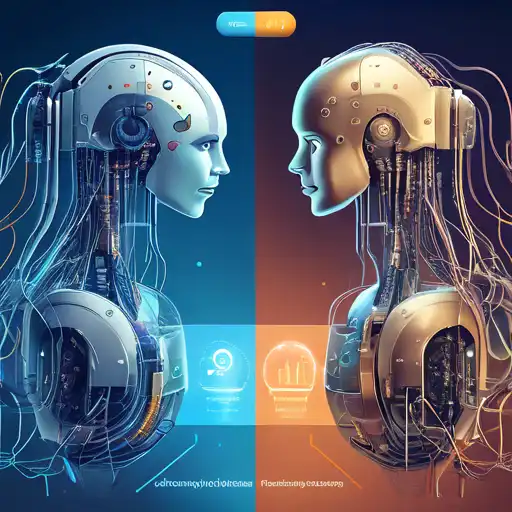Introduction to Machine Learning and Deep Learning
In the realm of artificial intelligence (AI), machine learning and deep learning are two of the most talked-about technologies. While they are often used interchangeably, they have distinct differences that set them apart. This article delves into the key differences between machine learning and deep learning, providing insights into how each technology operates and where they are best applied.
What is Machine Learning?
Machine learning is a subset of AI that enables systems to learn and improve from experience without being explicitly programmed. It focuses on the development of algorithms that can process data, learn from it, and then make a determination or prediction about something in the world.
Key Characteristics of Machine Learning
- Requires structured data
- Relies on human intervention for feature extraction
- Works well with smaller datasets
- Less computationally intensive
What is Deep Learning?
Deep learning, a subset of machine learning, mimics the workings of the human brain in processing data for use in detecting objects, recognizing speech, translating languages, and making decisions. Deep learning algorithms are capable of learning unsupervised from data that is unstructured or unlabeled.
Key Characteristics of Deep Learning
- Can work with unstructured data
- Automatically extracts features
- Requires large amounts of data
- Highly computationally intensive
Key Differences Between Machine Learning and Deep Learning
Understanding the differences between these two technologies is crucial for selecting the right approach for your AI project. Below are some of the key distinctions:
- Data Dependency: Deep learning requires significantly more data than machine learning to perform well.
- Feature Extraction: Machine learning relies on manual feature extraction, whereas deep learning automates this process.
- Computational Power: Deep learning models are more complex and require more computational power.
- Interpretability: Machine learning models are easier to interpret than deep learning models.
Choosing Between Machine Learning and Deep Learning
The choice between machine learning and deep learning depends on the specific requirements of your project. If you have a large amount of data and need high accuracy, deep learning might be the way to go. However, for smaller datasets or when interpretability is key, machine learning could be more appropriate.
Conclusion
Both machine learning and deep learning have their place in the AI landscape. By understanding their key differences, you can make an informed decision about which technology to use for your specific needs. Whether it's machine learning's efficiency with smaller datasets or deep learning's prowess with big data, each has its unique advantages.
